For the novice cook, fungi can be weird because, well, they're fungi. However, if you've been afraid to get acquainted with mushrooms, you've been missing out. Vegetarians love mushrooms and with good reason.
Their rich, savory flavor comes a close second to umami-rich meat. Plus, they're loaded with nutrients: shiitake mushrooms, one of the most popular varieties in the world, are high in total dietary fibers and protein; they also contain a compound believed to help prevent and treat cancer.
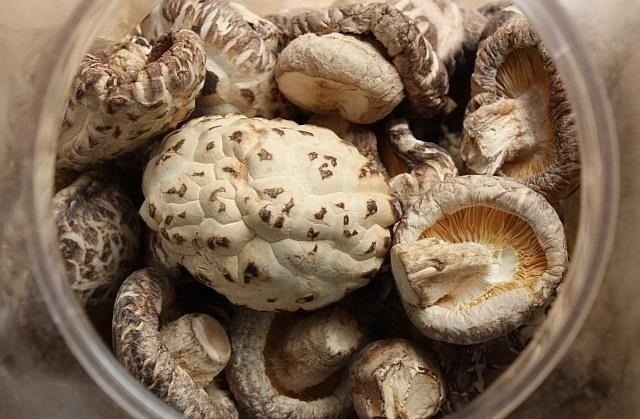
When I'm not in the mood to cook meat but still want that hearty, satisfied feeling, I cook mushrooms. If I have dried ones on hand, that's even better: they're packed with flavor and have a chewy texture once rehydrated.
I use dried ones in the same way I would fresh: in stir-fries, salads, stews, and sauces. They also make a flavorful broth for soups and marinades.


Dried Mushrooms Pack More Flavor
While fresh mushrooms are great, they are rich in moisture and liable to spoil quickly. If you don't want to be a slave to your mushrooms or have extra mushrooms in the fridge, drying them is a win-win alternative. It not only prolongs their shelf life significantly—one year or longer—but enhances their flavor, according to food and science writer Harold McGee.
Pies and Plates Culinary Academy agrees, stating:
"Dried mushrooms have several advantages over fresh. Dried mushrooms can be stored for longer periods of time, they are easily reconstituted, and can be used in place of fresh mushrooms in most recipes. Wild mushroom varieties are not easily harvested and are perishable so drying helps makes them more readily available. In our opinion mushrooms are on of those rare foods that even better dried because the drying process intensifies their flavor and makes them more economical for every day use!"
Mushrooms are high in monosodium glutamate (aka MSG), a naturally occurring amino acid that gives mushrooms their notoriously savory flavor, also known as umami. According to McGee, drying heightens the enzyme activities and browning reactions between the amino acids.

Did You Say MSG?
If the acronym "MSG" left a bad taste in your mouth, you're not alone: MSG has gotten a bad rap as a food additive, but it's rather innocuous. Simply put, it's a manufactured version of the naturally occurring compound in foods (like mushrooms and, perhaps this comes as no surprise—anchovies). While Chef Jack Bishop prefers using ingredients with naturally occurring MSG—it's more "subtle"—the additive used by restaurants has no proven harmful effects.
How to Dry Mushrooms at Home
The methods for drying mushrooms are seemingly endless. The quickest and most foolproof way is to use a dehydrator, but that's not exactly a fixture in the average home kitchen. Your next best bet is the oven.
For this method, all you need is a baking sheet, a good knife, an oven preheated to 150°F, and two hours (or more, depending on how quickly your mushrooms dry).
Step 1: Preparation
Clean and slice your mushrooms to whatever thickness you prefer and arrange them on a baking sheet in a single layer.

Step 2: Dehydration
After cooking for an hour, turn over the mushrooms and return them to the oven for another hour. If after two hours they are still pliable, return them to the oven until they have a cracker-like texture.
Step 3: Storage
To maximize their shelf-life, store your dried 'shrooms in an air-tight container, like a Mason jar, or in a ziplock bag; keep them in a dark, dry place. If stored correctly, dried mushrooms can last up to a year or more.
What if I Don't Have an Oven?
Oh, but you have the sun. Just slice up your mushrooms as you would for oven-drying and string them up to dry. All you need is a large needle and sturdy thread or cooking twine. You can do this indoors or outdoors, as long as you have direct sunlight and low humidity.
The trick is to have conditions that are warm enough to dry the mushrooms quickly, but not so fast that they immediately harden and lock moisture in. The process will take longer than it would using an oven or dehydrator, but your resourcefulness will make up for it.

If you have too many hungry animals in your backyard (or people in your house), you can try using your microwave (though, you may get mixed results), but your freezer is a relatively safe place for drying.
Slice your mushrooms and place them in a paper bag, separating them between layers of paper towels. The high absorbency of paper will allow the moisture in the mushrooms to pass through, eventually allowing them to dry out completely.
The last option, and maybe the craziest? A box fan. This technique won't necessarily yield super-dry mushrooms, but they'll get a nice breeze—and put a dent in the drying process. If you have access to an oven, you can finish them off there.
How to Cook with Dried Mushrooms
Whether home-dried or store-bought, cooking dried mushrooms comes down to one important step: rehydration. Also known as reconstitution, pumping your dried mushrooms with water will have transformative effects.
Step 1: Soak
If you have the luxury of time and foresight, soak your mushrooms in room temperature water overnight to maximize their flavor.

If you're pressed for time (or feeling spontaneous), soak your mushrooms in hot water to expedite the process. They'll be ready in about ten minutes.
Step 2: Save the Broth
Regardless of your approach, remember to save the resulting broth! Your dishes will taste lightyears better with it. You can use the broth (also called "mushroom liquor" in some recipes) the same way you might use stock: to delgaze pans, as a base or flavoring for soups and sauces, or even to make mushroom-infused vodka.

Step 3: Rinse
The gills of mushroom caps are a fine home for dirt, so be sure to rinse your mushrooms thoroughly after soaking.

Can I Use Any Mushroom Variety?
Based on extant recipes, and the hilariously named mushroom retailer FungusAmongUs, porcini and shiitake mushrooms are the most popular for drying. This is probably in part due to their intense, meaty flavor.
But this doesn't mean you can't experiment with other mushrooms. According to Chef Alan Bergo, every mushroom responds differently to dehydration. Morels, because they are hollow, are prime for drying; boletes, also known as porcinis, are another good candidate.

Should I Ditch Fresh Mushrooms Altogether?
Of course not: fresh mushrooms are just as worthy as dried ones. If you want to maximize their flavor in a manner similar to dehydration, cooking them is the best alternative according to Harold McGee.
Any form of dry-heat cooking will do: roasting, sautéeing, grilling, etc.—any method that doesn't require moisture, unlike braising or poaching. Use relatively low heat to allow the moisture to slowly escape, since this also buys time for the amino acids, sugars, and aromas within the mushrooms to concentrate.
The one nice thing about air-drying mushrooms is that you don't lose as much surface area; cooking mushrooms results in rapid moisture and air loss since heat collapses the internal air pockets and causes them to shrink quickly when cooked.

Fresh or dried: no matter how you do it, cooking with mushrooms is clearly a win-win. And now that you know how amazing mushrooms are, it's time to learn the secret powers of the humble radish, why fleur de sel is so important, and why hot water makes faster ice cubes.
Just updated your iPhone? You'll find new emoji, enhanced security, podcast transcripts, Apple Cash virtual numbers, and other useful features. There are even new additions hidden within Safari. Find out what's new and changed on your iPhone with the iOS 17.4 update.
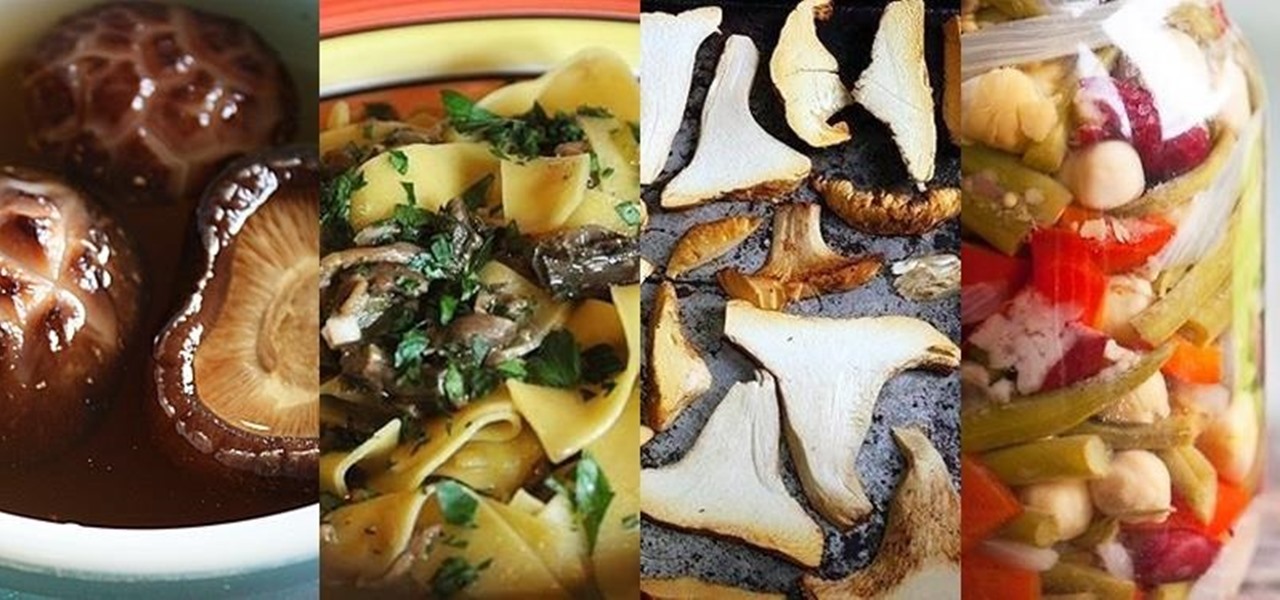





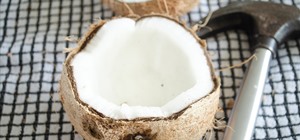



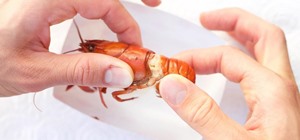
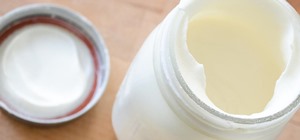
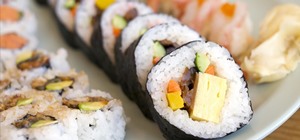









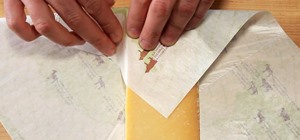
Be the First to Comment
Share Your Thoughts